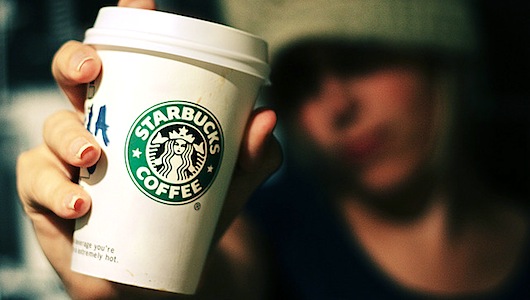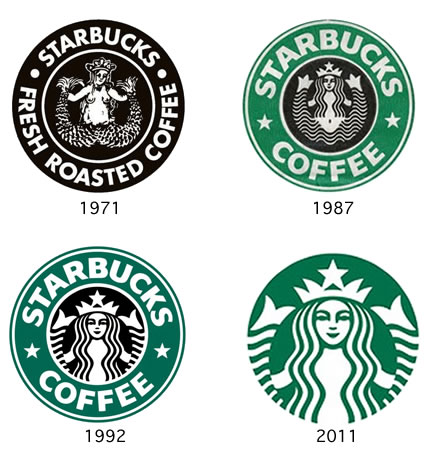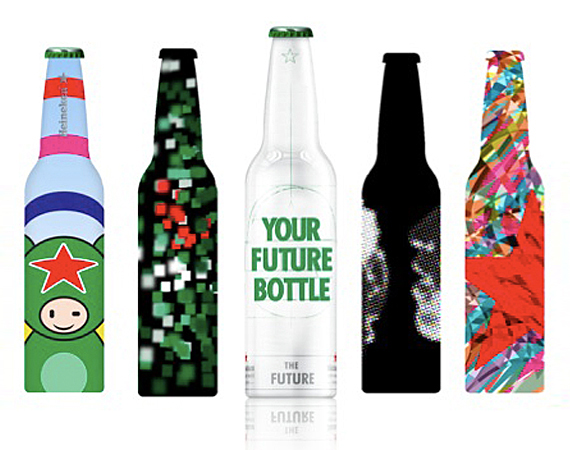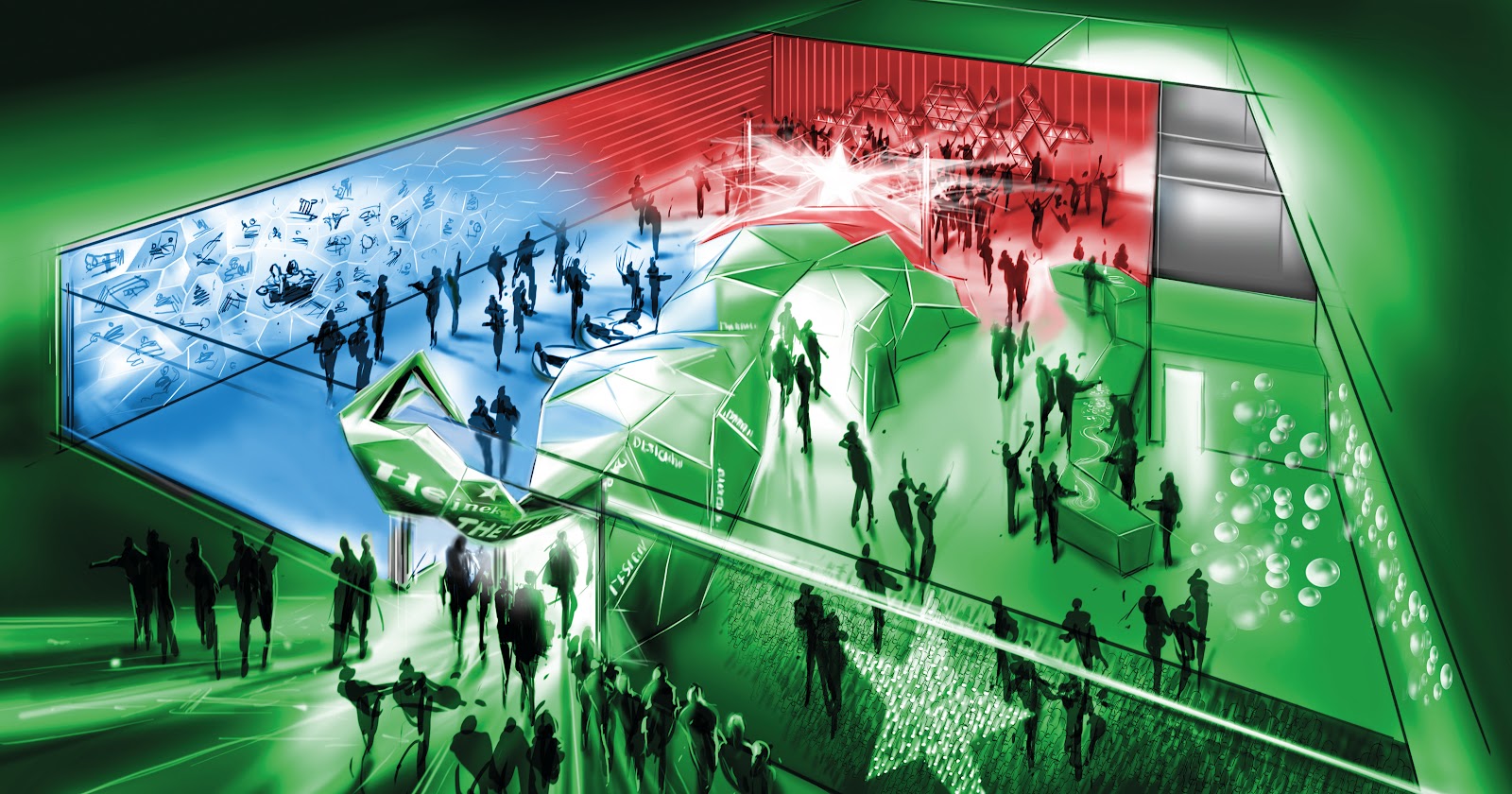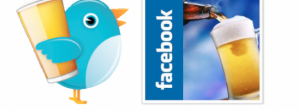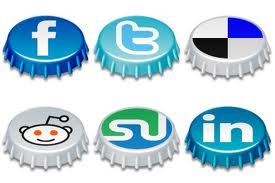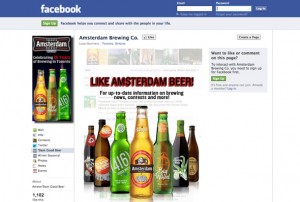On the Starbucks Newsroom website, I found this article about Starbucks hiring US veterans, which reminds me of the improvement on brand image that PR activities can bring. Starbucks announced to adopt a comprehensive hiring platform for veterans and active duty spouses in anticipation of a 500,000 person in the future global workforce. This action will not only decrease the high unemployment rate of veteran groups, but also help Starbucks build and maintain a positive image, showing that it produces tasty coffee & beverages along with supporting the community to become more socially sustainable.
By publishing articles online and releasing news, Starbucks made efforts to let potential consumers realize the incredible value that Starbucks has created. It emphasized the idea that many veterans are talented individuals who have team work skills, high level of integrity, the ability to handle stress and learn to utilize those transferable skills into workplace. Hiring those individuals are beneficial to both the veteran community and Starbucks itself.
To enhance the positive impact of this PR activity, Starbucks emphasized the fact that it received the recognition and applause from Joining Forces which spoke on behalf of the First Lady and Dr. Biden. The great brand image and reputation that a successful PR activity creates will definitely motivates more companies to think about how to reward the community and make smart business decisions just like Starbucks. Most importantly, the PR activity has to do something real good for the society, otherwise there may be serious backfire incurred to damage the brand image.
Video: Interview with veterans who are hired by Starbucks
https://www.youtube.com/watch?v=pojVmjmiWB8
http://news.starbucks.com/news/starbucks-focuses-hiring-strategy-on-veterans-and-military-spouses

